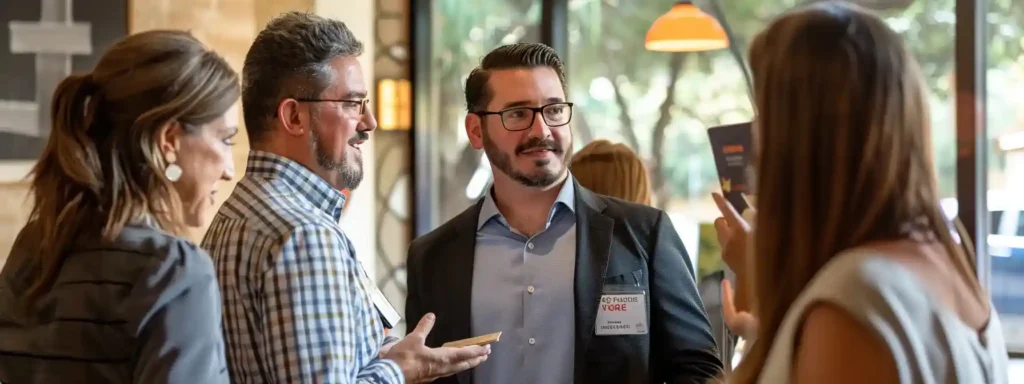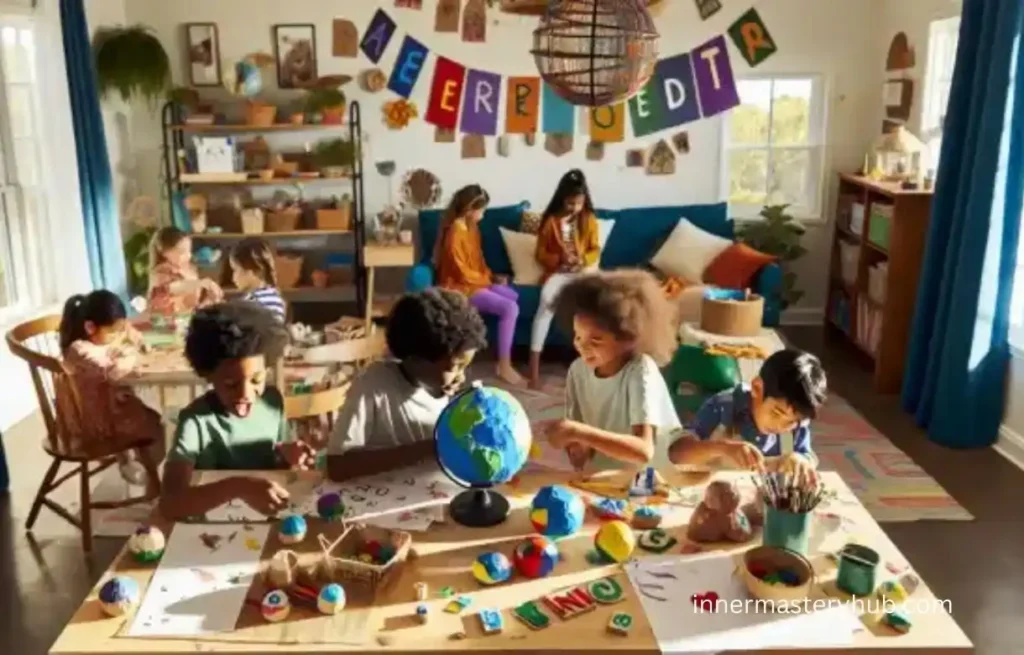How Inclusive Practices Improve Outcomes for Every Student

Inclusive practices & education are all about having a space to teach where everyone feels accepted and included. It is not just about bringing all students with different needs into the classroom; it’s about tailoring the experience so each education recipient can succeed.
When schools are inclusive, so are learners, teachers, and the entire community. Here’s how inclusion enhances education and improves outcomes for all.
Building a Sense of Belonging
Welcoming classrooms create community among all students. Learners who are included and valued by the system are more likely to interact with one another and participate in class. This community allows young people to be themselves and take academic risks.
The more students from different communities learn together, the more empathy and compassion they have for others. An open classroom fosters connections and reduces loneliness and exclusion, promoting emotional health and academic achievement.
Encouraging Diverse Perspectives
In our connected world, classrooms are more multicultural than ever, and we have the unique chance to make learning more diverse for everyone. Teachers can promote inclusivity and growth by fostering versatile thinking, empathy, and collaboration. Education is more than representation: diversity changes how students study and prepare for the future.
Bringing Lessons to Life
Different views make learning rich and dynamic. The environment becomes more dynamic when teachers provide the students with content and discussion representing a different culture, ability, and experience. Lessons are more relevant and accurate, and students are energized to engage and offer feedback.
Fostering Critical Thinking
Exposing students to a variety of perspectives encourages them to think critically. They hear the other side, which prompts them to make informed assessments and come to balanced conclusions. That process makes them better acquainted with the subject and equips them with the skills to handle issues in a connected world.
Preparing for a Global Future
Diversity prepares students for life in a world where everyone lives differently. Students learn to appreciate and understand other cultures and viewpoints, which is the foundation of cooperation in a multicultural society. It makes them more flexible and better prepared to work in a multicultural team or with global issues.
Building Essential Skills
A diverse classroom encourages problem-solving, creativity, and flexibility. Children exposed to different ideas are trained to see an issue from several perspectives and think outside the box. These are valuable skills for school, work, and life.
Adapting Teaching Methods to Meet Individual Needs
Inclusive learning is about making teaching adjustments based on every child’s needs to ensure no one is left behind. Differentiated teaching enables educators to adapt lessons to make them accessible and efficient. Four of the most inclusive practices for learning styles are listed below:
- Visual Aids: Charts, diagrams, and videos are for visual learners.
- Hands-On Activities: Real-world experiments and projects engage tactile learners who excel through physical interaction.
- Verbal Explanation: Long, concise verbal directions are helpful for listeners who learn through hearing.
- Flexible Pacing: Students should be free to work at their own pace, so fast and slow learners can succeed without being rushed.
By implementing these techniques, everyone can access the necessary material and demonstrate their understanding. This flexibility accommodates students with special needs and enhances the quality of teaching, making learning more effective and inclusive for all.
Boosting Academic and Social Outcomes
Inclusion improves the academic and social experience for all students. Individualized learning and group work help students in inclusive practices achieve better class outcomes. Inclusive classrooms also promote social skills such as collaboration, communication, and empathy. Diverse students also have much to gain from inclusion. With the proper support and guidance, they can perform more fully.
Expert support can be invaluable for academic assignments that require extra guidance. The essay writing service Academized provides high-quality assistance with essays, research papers, and other projects tailored to every student’s needs so that they can express their ideas effectively, regardless of their learning style or challenges.
By combining inclusive practices with academic expertise, schools create an environment where learners can thrive and feel a sense of inclusion.
Strengthening the School Community
Diversity and inclusion do not stop at the schoolhouse but build a community. When educational institutions are inclusive learning oriented, everyone, from students and teachers to parents and staff, feels accepted. Diversity creates cooperation and courtesy.
It promotes open and frank exchanges between educators and parents, ensuring that learners receive consistent support at home and school. This work in sync provides a solid foundation for student achievement and a more positive school experience for everyone.
Inclusivity is the Future of Education
It is not enough to embrace difference, not to accommodate it. Schools with inclusive environments create spaces where all students can excel academically, socially, and emotionally. These practices lead to better results for young people with diverse needs and enhance learning for all students in the classroom.
The benefits are apparent: better friendships, better grades, and a more humane and connected community. The road to inclusive education takes work, innovation, and cooperation, but the payoff is worth it.






